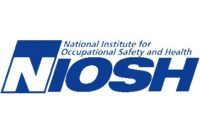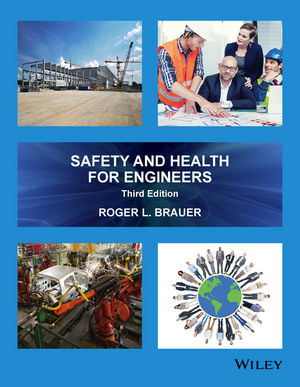NIOSH develops agenda for healthy work design and well-being

It started with a series of conference calls and emails, which led to a draft list of relevant topics. That list was then refined and grouped into seven broad objectives, and working subgroups were formed for each of those objectives.
The result? The Healthy Work Design and Well-Being (HWD) Agenda, released last month by the National Institute for Occupational Safety and Health (NIOSH).
The agenda is intended to identify the knowledge and actions most urgently needed to identify occupational risk factors to prevent avoidable adverse health outcomes among workers. This agenda provides a vehicle for stakeholders to describe the most relevant issues, research gaps, and needs for the U.S. workforce. It is meant to be broader than any one agency or organization.
Although there is some overlap in the risk factors and outcomes across the objectives, each has a unique primary focus.
Objective 1: Identify and examine the impact of worker demographics on employer or organizational practices and worker safety, health, and well-being
Objective 2: Improve the safety, health, and well-being of workers with non-standard work arrangements
Objective 3: Address the safety and health implications of advancing technology
Objective 4: Reduce work organization-related chronic health conditions among workers
Objective 5: Decrease the burden of shift work, long hours of work, and sleep deficiency
Objective 6: Improve the safety, health, and well-being of workers through healthier work design and better organizational practices
Objective 7: Promote a sustainable work-nonwork interface
Click here for the National Occupational Research Agenda for Healthy Work Design and Well-Being.
Looking for a reprint of this article?
From high-res PDFs to custom plaques, order your copy today!









